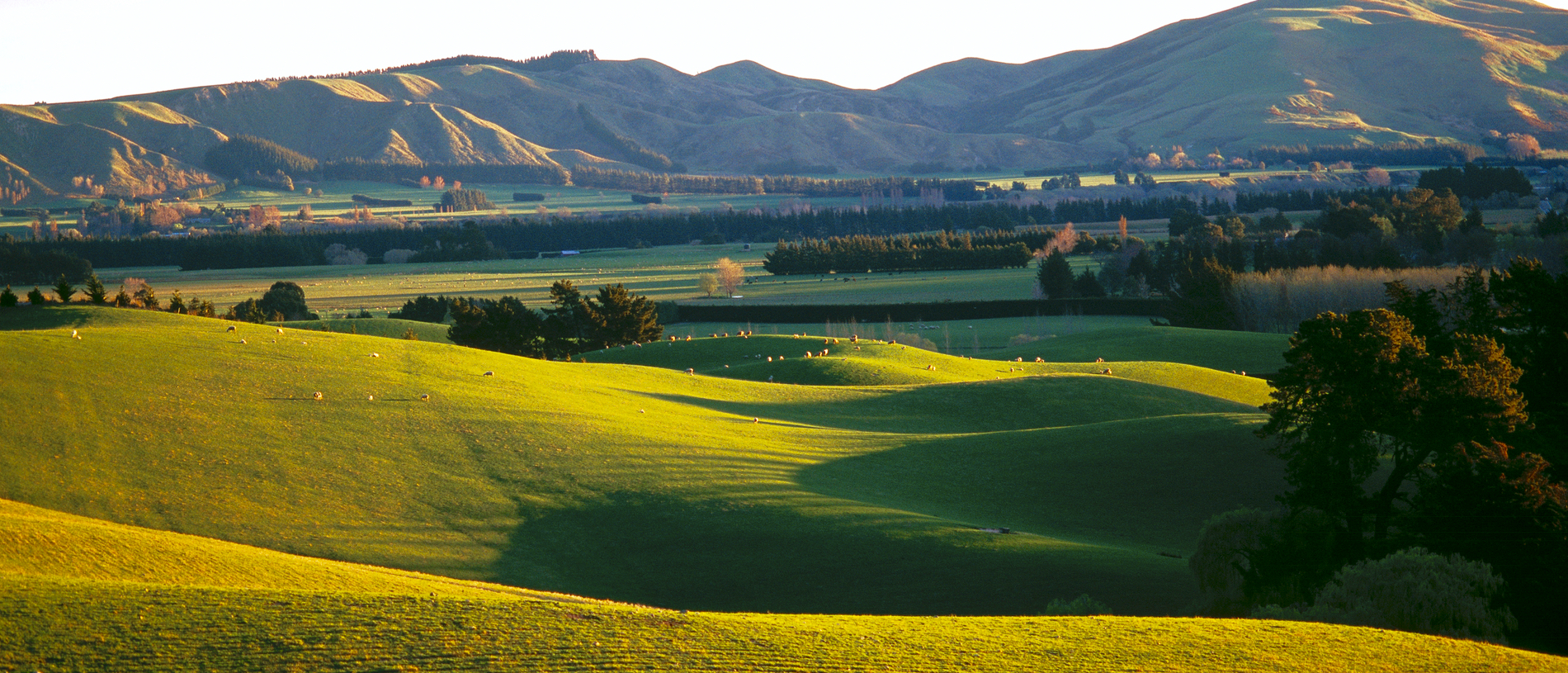
Hurunui: pinot and adventure sports
Hurunui might be one of Canterbury’s best-kept secrets. While the past few years have brought the masses to New Zealand, there are plenty of spots that are waiting to be explored, and the Hurunui District is one of them.



